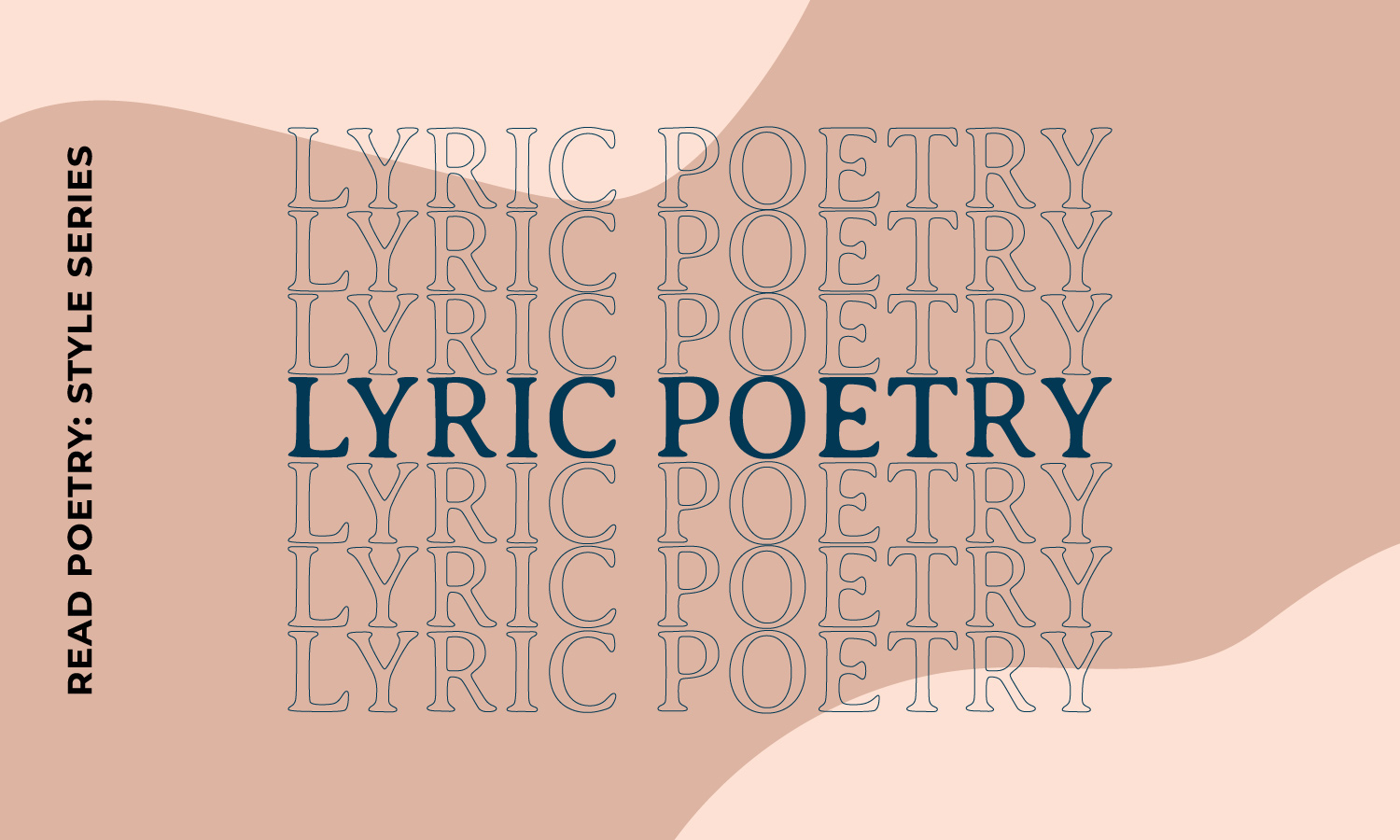A Brief History of Lyric Poetry: Lyric Poets from Ancient Greece to Modern Day
Does your favorite poetry make you feel like singing? Do you have an appreciation for sonnets, villanelles, elegies, and other poetic forms characterized by sound play and a strong sense of emotion? Then you might be a fan of lyric poetry, one of the art form’s most influential movements and schools of writing.
When lyric poetry originated in ancient Greece, it took its name from literal song and musicality—poets typically sang their verses aloud, accompanied by a harp, lyre, or other instrumentals. This contrasted with the dramas and epic poetry that were popular at the time, which often included long, spoken monologues and which focused on narrative arc and plot development. Lyric poetry, on the other hand, found inspiration in feelings, personal perspective, and figurative language, making for less literal and more symbolic, sound-driven works. It also inspired related movements like romantic poetry and confessional poetry. These influential time periods in lyric poetry offer a glimpse into the genre from past to present.
Ancient Greece (7th century to 5th century B.C.)
B.C. era poets like Sappho and Pindar helped pioneer the lyric movement, maintaining strong and reverent legacies. It’s believed that Sappho penned more than 10,000 lines of poetry, with just an estimated 650 surviving today. She earned the title “The Poetess” for her wide-ranging, prolific work, which exemplified early lyricism with its spontaneity, emotion, and personal nature.
Notably, Sappho was one of the first poets to popularize the use of the pronoun “I” within poems, evoking a clear speaker and perspective. She spearheaded the belief that poems could create meaning and beauty from daily life and individual experiences, rather than solely weighty, more collective themes.
Similarly, Pindar—one of the nine Muses, the canonical lyric poets of Ancient Greece—reflected on individual moments, with much of his work focused on his personal faith, his role as a poet, and his observations of nature. Pindar’s contributions to poetry continue to be studied and to define the genre today, with an essay on his work appearing in Poetry Magazine.
Introductory works and resources: Audio recording of “Artfully adorned Aphrodite” by Sappho, “Like the very gods” by Sappho, “Olympia XI” by Pindar
19th century
The 19th century saw the emergence of some of the most famous lyric poets, including Emily Dickinson and Rainer Maria Rilke. Though most of Emily Dickinson’s nearly 2,000 poems were published posthumously, she continues to be one of the most widely anthologized, taught, and read poets two centuries after her death. Dickinson’s poems display careful attention to craft and form, placing them firmly in the lyric tradition. She favored establishing rhythm and structure through metered verse, as well as often opted to write ballad sonnets. Poets often use Dickinson’s work to exemplify the slant rhyme, or rhymes composed of words that have similar—but not exact or identical—sounds.
In popular culture, Dickinson is a mysterious figure known for her solitary nature, often called a recluse or hermit. This prevailing reputation also establishes her lyric talent, as much of her work relied on finding inspiration in small details, natural and quotidian imagery, and powerful, frenzied imagination. Much of Dickinson’s poetry depicts a deeply complex internal life, with Dickinson often writing about spirituality, mortality, and the concept of souls.
Similarly, much of German poet Rainer Maria Rilke’s work follows the traditions of romanticism, a lyrical poetry movement. One of his collections focuses on elegies, a lyrical form concerned with loss and grief, while another explores the expansive playfulness and structure of the sonnet. Rilke is also known for his inquisitive and intense existentialism, with questions of mortality, the role of suffering, and the meaning of life frequently characterizing his work. However, Rilke often juxtaposed these weighty themes with beautiful imagery, odes to nature, and romantic prose, making his work a study of how lightness and darkness intersect.
Present
Lyric poetry is one of the most popular schools of poetry even now. Today’s poets are reinventing popular lyric forms like the sonnet and ode, infusing them with modern language, allusions, and experiences. Recently, Diane Suess’s Frank: Sonnets was a Pulitzer finalist. Suess takes inspiration from lyric traditions in this impressive release but writes about more recent issues and themes, including the AIDS epidemic and the punk movement. Similarly, in Ross Gay’s award-winning Catalogue of Unabashed Gratitude, Gay writes odes to everything from the flute to the buttons on his shirt.
The genre of lyric poetry has also attracted poets who started their careers as musicians and songwriters, including Valerie June Hockett and Calvin Arsenia. Hockett, a poet and singer-songwriter who performs as a musician under the name Valerie June, serves as an accomplished and iconic example of the connecting tie between lyric poetry and music. The Grammy-nominated artist has released five albums, creatively combining the influences and genres of blues, gospel, and folk. In 2021, Hockett stepped into a new but related art form by releasing her first poetry collection, Maps for the Modern World. Like her music, this collection also explores themes like collective community and harmony.
Arsenia, a successful singer, harpist, and composer, has also branched out into podcasting, and—most recently—poetry. Written mostly during the early months of the COVID-19 pandemic, Arsenia says his first collection, Every Good Boy Does Fine, was an opportunity to reflect and weave together the most pivotal moments and shifts in his life. In an interview with KCUR, Kansas City’s NPR affiliate, Arsenia said he was “looking for beauty” while writing the book in the midst of shutdowns and protests over police brutality. For Arsenia, the political ties together with the personal in this collection, which chronicles his adolescence as a queer Black man growing up Christian and later deconstructing his faith.
Introductory works and resources: “ode to the flute” by Ross Gay, “Quilt of Life” by Valerie June Hockett, Every Good Boy Does Fine audiobook by Calvin Arsenia




